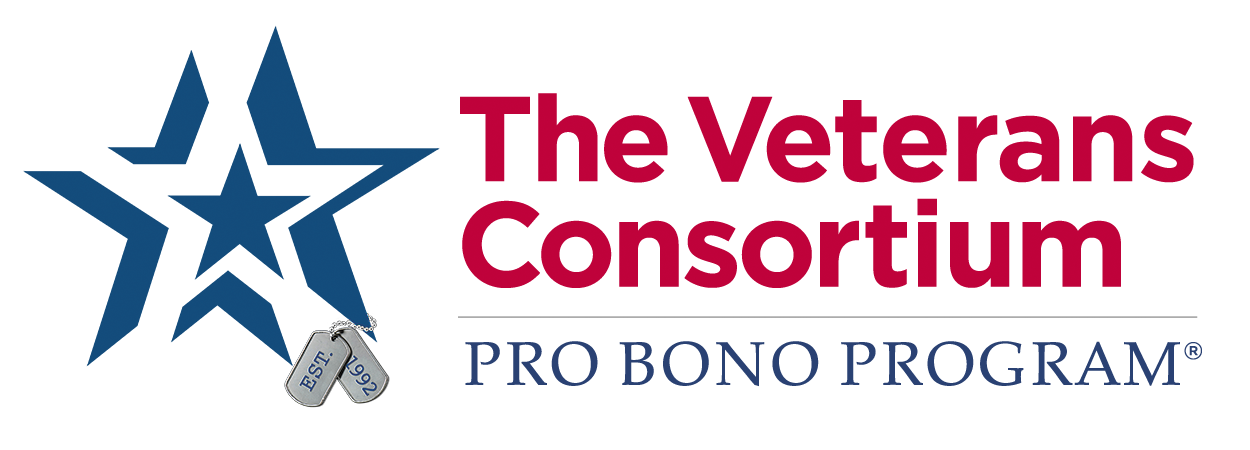Your Case at the U.S. Court of Appeals for Veterans Claims (CAVC)
After you have filed your appeal at the U.S. Court of Appeals for Veterans Claims (CAVC/Court), you can follow your case as it progresses. After the Court receives your notice of appeal, the Court assigns a docket number to your case. You can always search your case online to see the status of your appeal. The docket search page can be found here: Docket Search-U.S. Court of Appeals.
If you are unrepresented and need help with your case at the Court, fill out our Program forms to see if we can assist. The forms are found here: TVC Program Forms. Please also email a copy of your Board of Veterans Appeals decision to us at intake@vetsprobono.org.
What is the Notice of Docketing?
The Court will issue a "Notice of Docketing" letting you know your appeal has been received. Any action marked for the ''Appellant" is for you to do. Items marked for the "Appellee" (VA) are things you do not have to act on.
What is the "Record Before the Agency"?
The copy of your VA claims file is called the "Record Before the Agency (RBA)." It includes all your claim file documents up to the date the BVA made its decision. When the VA files the RBA as part of your case, the attorney (if you are represented) has 14 days to go through it and see if there are documents missing or documents that might be partially blurred.
When do I get to make my arguments about my case?
Once the 14-day RBA period has passed, the Court will issue an order giving you (or your attorney) 60 days to file a brief. This provides the legal basis for what you think the Court should do, and it will include the RBA documents that you and your attorney feel are helpful and support your case. Even if you do not have an attorney, you can file an informal brief without legal representation, and your case can still go forward.
After the brief is filed, the VA gets 60 days to write its brief, which presents the VA position on your case and why it was denied. If necessary, you will get 14 days to respond to the VA's brief. Then the central legal staff of the Court will prepare a compilation of all the briefs and the documents referred to in those briefs, called the Record of Proceedings. The Record of Proceedings is given to the judge. Then the case is considered to be "in chambers." The case may be "in chambers" for a few weeks or up to a year.
What are the possible outcomes of a case at the Court?
The Court could reverse the board decision, which is extremely rare. It's more likely the Court will remand the appeal, or affirm the Board’s decision. If the case is remanded, it will be returned to the VA. This means the Court believes that the VA made a mistake and wants the VA to "do it right." A remand gives the veteran an opportunity to submit additional evidence while keeping the effective date intact.
Note: If the Court remands your case, the VA determines how much money is owed to you.
If the Court affirms the Board's decision, it means the case is completed at the Court. You may still file an appeal to the U.S. Court of Appeals for the Federal Circuit, even with an affirmation of the Board decision by the Court, if you want to do so.

